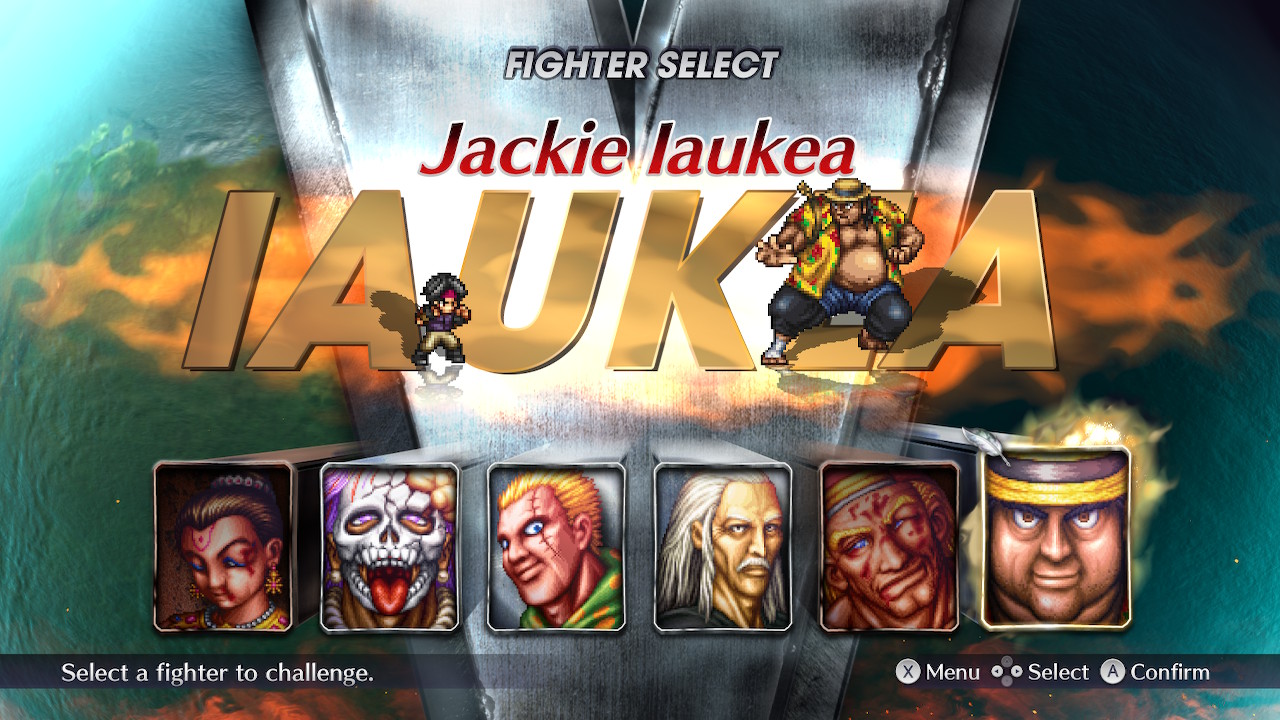Live A Live would have been my 22nd video game completed in 2022—a nice symmetrical number for this particular year. I was planning to finish the last chapter while visiting my family during the holidays, but that did not happen. I got on an airplane headed to Indianapolis, but my luggage (with my Switch carefully cocooned inside) took a trip to Wichita. I spent the next 5 days wearing an outfit that I put together from the limited options I could find at Walmart, but thankfully my possessions were delivered to my parents’ doorstep in time for me to enjoy the last of the winter holiday festivities.
Just not in time for me to finish Live A Live before the end of the year. But that is enough of that. Let’s talk about the game.

Let me begin by saying that the conceptual structure of Live A Live is absolutely brilliant. Live A Live is an anthology consisting of 7 unrelated stories from different time periods that can be played in any order. It’s like 7 little JRPG treats, each with a different flavor profile, and each taking about 2-3 hours to complete.
To be fair, this idea was not completely novel at the time of its original release for the Japanese Super Famicom in 1994. Dragon Quest IV had done something similar 4 years prior; though, the various chapters are obviously moving toward a single narrative conclusion. I think Dragon Quest IV is quite a bit of fun.
I spent a few minutes with the SFC version of the game in the early-2000’s by way of Aeon Genesis’s fan translation, but the game’s experimental nature didn’t resonate with me. Two decades later, the appeal of a collection of short JRPGs is irresistible.
The work done to remake this odd little game into Square Enix’s HD-2D art style is breathtaking in a way that screenshots can’t capture. The way the environments have been constructed to allow for lighting and subtle movement that makes the game feel cinematic. Yoko Shimomura’s soundtrack has been beautifully re-orchestrated. The voice acting that was added into the game elevates the experience and adds to the tone of each chapter, whether that be humorous or melodramatic. Live A Live is a game that feels modern and lovingly respectful of its past.
And all of that is to say nothing about Live A Live‘s tactical battle system which is so easy to learn, while having enough depth to be applied to any strategic scenario that that game’s multitudinous chapters require.
I am someone who absolutely loves retro JRPGs, but I’m often put off by little things about those games that don’t age well (and done a bit of writting about it in regards to Adventures of Mana, Breath of Fire, and others). I will be overjoyed if the Live A Live remake becomes the blueprint for future remakes of SNES titles, especially the ones that we never got in North America.
Simply put the Live A Live remake is extraordinary. I highly recommend it for retro JRPG likers. In my ongoing effort to rank every game that I’ve ever finished, Live A Live is tentatively ranked 40 out of 255.










